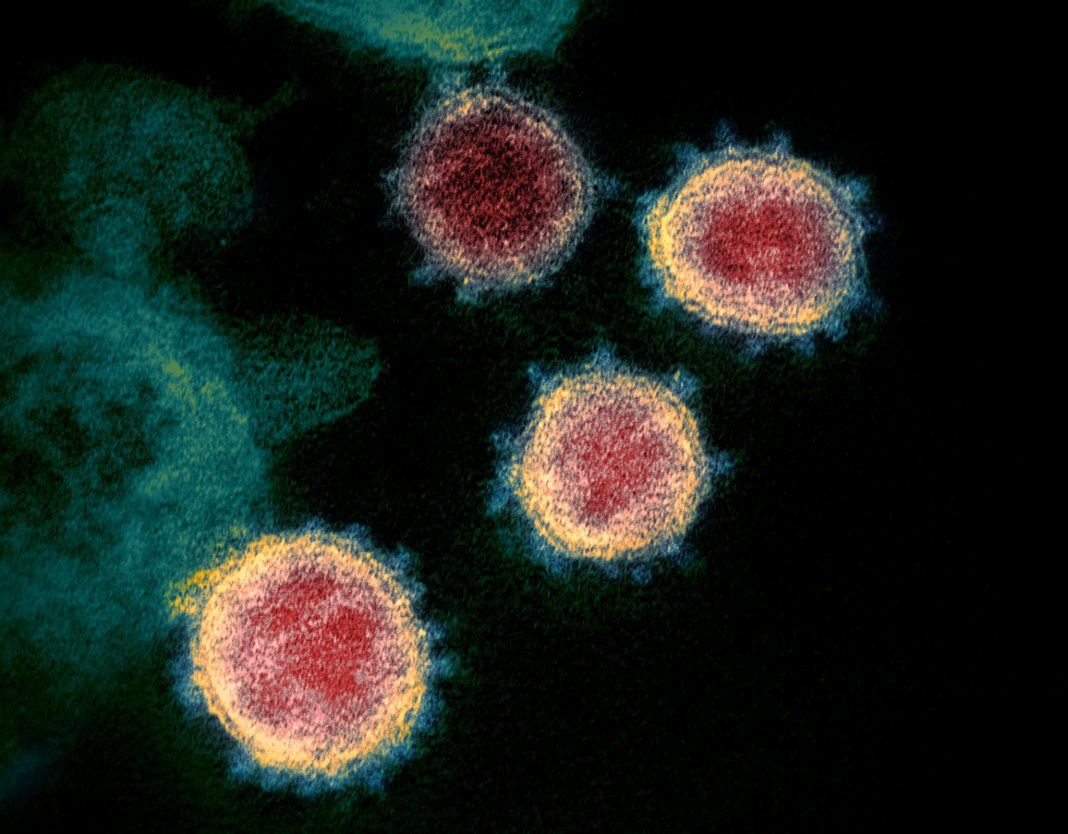Newly-Released Data Show Greater COVID-19 Infection, Death Rate in Black Communities

Data released by the Maryland Department of Health Thursday show what many public health experts and community leaders expected: that black Marylanders are affected by the COVID-19 pandemic in greater waves than any other demographic.
Despite making up approximately 30% of the state’s population, African Americans account for 37% of infections and 44% of deaths from the coronavirus.
White residents, who comprise more than half of the state’s population, account for 28% of infections and 31% of deaths. Asian-American residents account for 2% of infections and 5% of deaths.
Data for Latino Marylanders was not immediately made available.
“I want to thank the Maryland Department of Health for being as proactive as anyone in the nation on this, and for making this information available to the public,” Gov. Lawrence J. Hogan Jr. (R) tweeted Thursday morning.
During a news conference Tuesday, Hogan announced that he was directing the Department of Health to release the racial breakdown — but he cautioned that 90% of tests are sent to private out of state labs, so there may be “significant gaps” in the data.
Hogan tweeted Thursday that the newly published records account for 75% of currently available data. Over 1,300 of the state’s confirmed cases remain unaccounted for.
Maryland’s death rate for its black residents follows that of Washington D.C., whose African American community accounts for 63% of deaths despite comprising around 45% of its total population.
Lawmakers have pushed for the release of this data in recent days, with Del. Nick J. Mosby (D-Baltimore City) leading the charge in Maryland.
Mosby penned a letter co-signed by 80 state lawmakers asking the governor to release data breakdowns surrounding race for administered tests, confirmed cases, inpatient hospitalizations and COVID-19-related deaths
Additionally, Mosby requested information that delineates positive and negative cases by zip code.
“If we are not identifying and addressing these disparities as the pandemic progresses, we are effectively leaving Marylanders in the dark, imperiling lives, and creating residual health and associated economic consequences in communities that are already grappling with major challenges,” he wrote.
Mosby told Maryland Matters in an interview Thursday that he commends Hogan for following through with the data’s release, adding that without the racial breakdowns “we’ve basically forced local governments to shoot in the dark.”
While he applauds the release of the data, Mosby argued that more can be done to more effectively target and fight the virus in hard-hit geographic areas, noting that a breakdown of infection by zip code has yet to be published.
“This is a step in the right direction, but it’s not far enough,” he said.
“If our next steps are not transformational we will miss an opportunity for progress in finally improving health disparities,” he said.
U.S. Rep. Anthony G. Brown (D-Md.) expressed alarm at the data.
“We cannot hide from this grim reality,” the congressman said in a statement. “We must confront these systemic racial disparities head on, and do so right now.
“Black Americans are more likely to be uninsured and more likely to have a frontline job during this crisis. Black Americans have a higher risk of asthma, heart disease, diabetes and hypertension. And Black Americans face implicit racial bias in our health care system — from diagnosis to treatment and medical outcomes. We’ve seen decades old disparities inflamed by the coronavirus crisis. Lack of access to health care, affordable housing and financial stability have left low income, Black and Brown families vulnerable to this deadly disease.”
Brown, along with all the other Democrats in Maryland’s congressional delegation, penned a letter to Hogan, further echoing Mosby’s call to release data by zip code.
“More granular data aggregated by zip code will help better understand the actual risks of infection and mortality in different communities, as well as inform response efforts to ensure testing and other resources are targeted in the most effective way,” they wrote.
A Note to Our Readers —
In these uncertain times, we’re here for you. We have a page dedicated to our reporting on COVID-19 in Maryland. We’ll continue to report with an eye toward the humanity of our sources and a commitment to public accountability.
Stay informed by signing up for the Maryland Matters Memo – our daily morning news roundup, delivered to your inbox. Free.
And if you are able, please consider a tax-deductible contribution to support our nonprofit newsroom.
We’re burning the candle at both ends – doing all we can to keep ourselves, and everyone else, as safe as possible – as we keep you informed.
Please take good care!




 Creative Commons Attribution
Creative Commons Attribution